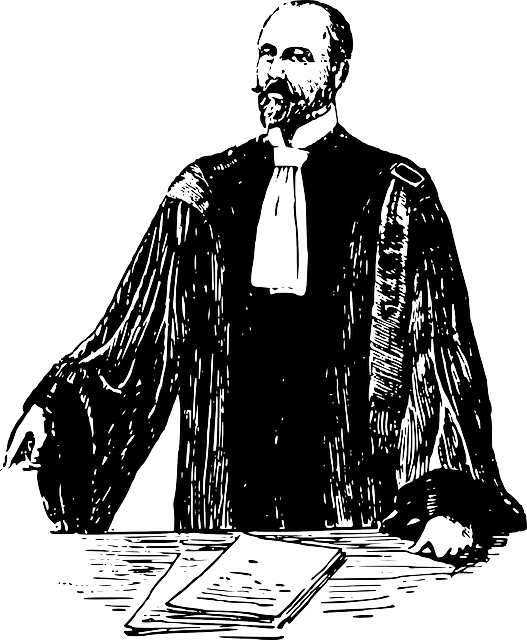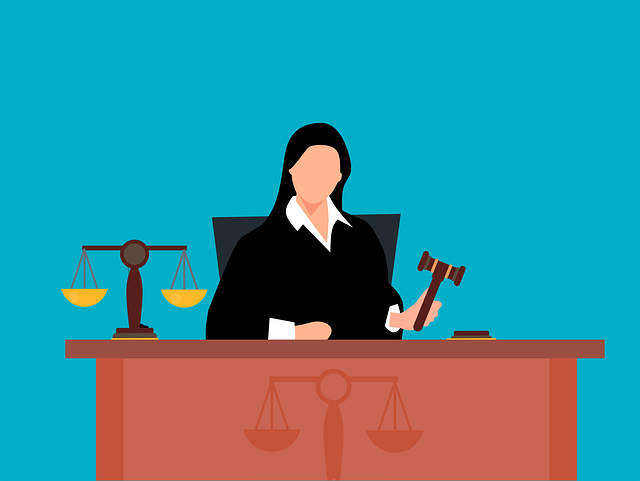Bicycle accidents can cause serious head injuries, including concussion, TBI, skull fractures, and cerebral bleeding. Recognize signs like headaches, dizziness, and memory loss immediately after an accident. Seek prompt medical attention and document the incident thoroughly for both healthcare and legal purposes. This includes taking photos, gathering witness information, and noting key details to protect your rights and ensure fair compensation for a bicycle accident head injury.
“Bicycle accidents can result in serious head injuries, emphasizing the need for proper documentation. This comprehensive guide explores how to navigate such incidents effectively. We delve into the types and severity of common bicycle accident head injuries, guiding you through immediate actions after a crash.
Learn the essential steps for documenting the incident, ensuring a thorough record-keeping process that can be crucial for legal and medical purposes. By following these practices, you empower yourself to protect your rights and facilitate efficient recovery.”
- Understanding Bicycle Accident Head Injuries: Types and Severity
- Immediate Actions After a Bicycle Accident Involving Head Injury
- Documenting the Incident: Steps to Ensure Comprehensive Record-Keeping
Understanding Bicycle Accident Head Injuries: Types and Severity

Bicycle accidents can result in a range of injuries, but head injuries are particularly concerning due to their potential severity and long-term impact. Understanding the types and severity of bicycle accident head injuries is crucial for both riders and medical professionals. Common types include concussion, traumatic brain injury (TBI), skull fractures, and cerebral bleeding. The severity can vary greatly, from mild concussions that resolve within days to severe TBI that may lead to permanent disability or even death.
Recognizing the signs of a head injury is essential. These may include headaches, dizziness, nausea, blurred vision, slurred speech, and memory loss. In more serious cases, symptoms might also encompass seizures, coma, or increased intracranial pressure. Given these potential outcomes, immediate medical attention after any bicycle accident—especially those involving head impact—is vital. Seeking the help of a personal injury attorney or discussing concerns with healthcare providers can be beneficial, especially in complex situations like partnership disputes or caregiver abuse.
Immediate Actions After a Bicycle Accident Involving Head Injury

After a bicycle accident resulting in a head injury, immediate actions are critical to ensure safety and proper documentation for potential injury compensation. The first step is to assess your condition; if possible, move to a safe location away from traffic. Seek medical attention immediately—even if you feel fine, some injuries may not be immediately apparent. It’s essential to document the incident by taking photographs of the accident scene, including any visible injuries and damage to your bicycle or surrounding property.
Gather relevant information from witnesses, such as their contact details and a brief description of what they observed. Note down the date, time, and location of the accident, along with details of the other party involved (if applicable). Contacting an experienced car accident attorney or personal injury specialist soon after can help protect your rights and ensure you receive fair compensation for your bicycle accident head injury.
Documenting the Incident: Steps to Ensure Comprehensive Record-Keeping

After a bicycle accident resulting in a head injury, proper documentation is crucial for ensuring comprehensive record-keeping and potential legal protection. The immediate steps after the incident should focus on safety and seeking medical attention for the injured party. Once stabilised, initiating the documentation process becomes paramount.
Start by gathering all relevant information: take photos of the accident scene, including any visible damage to vehicles or infrastructure; note down details like weather conditions, time of day, and witnesses’ contact information. For a bicycle accident head injury, it’s essential to document symptoms, treatment received, and recovery progress. This detailed record-keeping can prove invaluable in cases involving business litigation, slip and fall incidents, or even caregiver abuse, ensuring fair compensation and justice for the affected individual.
A well-documented bicycle accident head injury report is invaluable for both legal protection and medical continuity. By meticulously recording details, from immediate actions taken after the incident to precise steps leading up to it, individuals involved in such accidents can ensure they receive adequate care and have a solid foundation for any necessary legal proceedings. Understanding the severity of potential injuries and knowing what to document are crucial first steps towards navigating the aftermath of a bicycle accident involving head injury.





